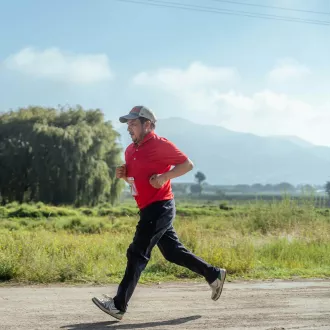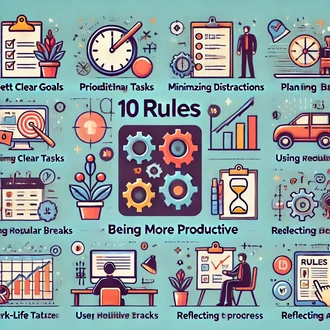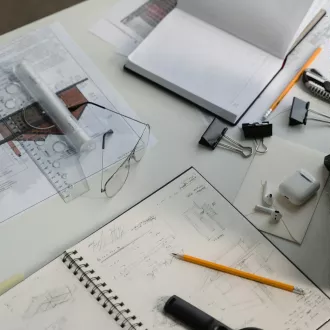Transcription Body language and stories
Effective communication plays a critical role in the success of our interactions and projects. While we often focus on verbal communication, body language also plays a crucial role in how we express ourselves and relate to others.
In this session, we will explore the relationship between body language and stories, and how their combination can optimize our production tools and improve our work productivity.
The importance of nonverbal communication in the work environment
Nonverbal communication, which includes body language, facial expressions and gestures, is a powerful way to convey messages and influence how we are perceived by others. In the work environment, nonverbal communication can convey confidence, credibility and consistency with our verbal speech. It is important to recognize that our posture, gestures and expressions can have a significant impact on our interactions and work outcomes.
Body language can complement and reinforce our words, adding an additional level of meaning and expression to our communications. An upright and open posture, direct eye contact and natural gestures can convey confidence, interest and connection with others. On the other hand, closed or tense body language can convey insecurity or lack of interest. It is essential to be aware of our body language and use it effectively to strengthen our work interactions.
Storytelling as a persuasive communication tool
Storytelling is an effective way to communicate ideas, convey information and persuade others. By using stories in our work interactions, we can capture the attention of our audience, generate empathy and convey messages in a memorable way. Stories allow us to connect with the emotions of others and provide practical and relevant examples. By combining storytelling with appropriate body language, we can further increase the impact of our communications.
Body language can support and enrich our stories, helping us to convey emotion, capture attention and reinforce key messages. A facial expression consistent with the emotion we are communicating, gestures that emphasize important points, and an open posture that conveys confidence can increase the effectiveness of our stories. Body language can also help us to establish a connection and empathy with our audience, which promotes more effective communication.
How to use body language in storytelling
To use body language effectively in storytelling, it is important to keep a few key aspects in min
body language




